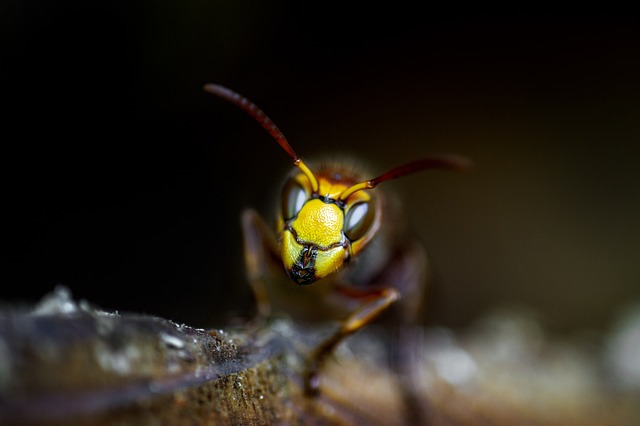Eco-friendly bird control methods for pigeons on Denver commercial buildings offer sustainable solutions to prevent damage while minimizing harm to birds and the environment. Reflective materials, decoys, and architectural modifications deter nesting without toxic chemicals or traps, fostering a safe and harmonious urban environment.
In urban environments, managing wildlife, particularly pigeons on commercial buildings, is a constant challenge. This article explores eco-friendly deterrents as a sustainable approach to wildlife control, focusing on bird control strategies specifically tailored for pigeons in Denver’s vibrant skyline. We delve into effective methods that balance the need to mitigate pest problems while preserving the environmental integrity of our cities. Understanding these strategies is key to creating harmonious coexistence between urban spaces and their avian visitors.
- Understanding Bird Control for Pigeons in Urban Environments
- Eco-Friendly Deterrents: A Sustainable Approach to Wildlife Management
- Implementing Effective Strategies on Commercial Buildings in Denver
Understanding Bird Control for Pigeons in Urban Environments

Pigeon control is a significant concern in urban environments, especially in cities like Denver where commercial buildings often serve as attractions for these feathered visitors. Understanding bird control for pigeons involves recognizing their behavior and habitat preferences. Pigeons are highly adaptable and thrive in urban settings due to readily available food sources and suitable nesting sites on tall structures. Commercial buildings with flat roofs or ledges provide ideal nesting grounds, leading to overpopulation and potential damage to property.
Effective bird control methods for pigeons in Denver should focus on eco-friendly deterrents that minimize harm while managing the population. This can include visual deterrents like bird spikes or netting, which physically impede access to nesting areas. Additionally, using natural repellents such as specific plant scents or sound frequencies can effectively discourage pigeons without causing them lasting harm. By employing these strategies, commercial building owners in Denver can achieve a harmonious balance between maintaining their structures and coexisting with urban wildlife.
Eco-Friendly Deterrents: A Sustainable Approach to Wildlife Management

Eco-friendly deterrents offer a sustainable and humane approach to wildlife management, particularly in urban areas like Denver where bird control for pigeons on commercial buildings is a common concern. Traditional methods often involve toxic chemicals or harmful traps, but these can pose risks to non-target species, pets, and the environment. In contrast, eco-friendly solutions focus on non-lethal techniques that respect the natural behavior of wildlife while effectively preventing damage.
These deterrents leverage natural repellents, visual barriers, and habitat modification to discourage pests without causing harm. For bird control in Denver, this might include using reflective materials or visual decoys to disorient pigeons, strategically placing physical barriers like spikes or nets, or employing scent-based repellents that target specific avian senses. By adopting these methods, businesses can maintain a clean and safe environment while fostering a harmonious coexistence with local wildlife populations.
Implementing Effective Strategies on Commercial Buildings in Denver

Implementing effective wildlife control strategies, particularly for bird control, is essential for maintaining the aesthetics and integrity of commercial buildings in Denver. Pigeons and other urban birds can cause significant damage to structures over time with their droppings, which not only disfigure facades but also pose health risks due to potential pathogens.
In Denver, where commercial buildings are numerous and diverse, a range of eco-friendly deterrents can be employed without harming the birds. These include visually striking yet non-toxic bird repellents, such as reflective materials that disrupt their navigation or strategically placed decoys mimicking predators. Additionally, architectural modifications like ledges with mesh coverage or slope adjustments can make commercial buildings less appealing for nesting while ensuring bird safety.
In conclusion, implementing eco-friendly deterrents for wildlife management, particularly focusing on bird control for pigeons in urban environments like Denver’s commercial buildings, presents a sustainable and effective strategy. By adopting these methods, we can achieve a harmonious balance between human activities and wildlife preservation without resorting to harmful chemicals or practices. This approach not only protects properties but also contributes to the well-being of local ecosystems, ensuring a greener future for all.
